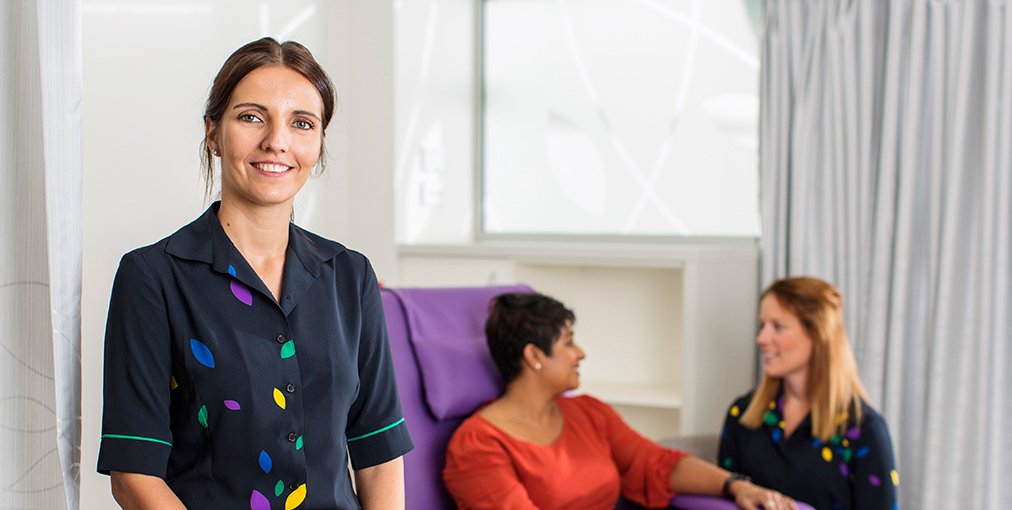Breast cancer is the abnormal growth of cells in the breast. These cells grow and develop into a cancerous growth that can have the potential to spread to other parts of the body.
In 2019, more than 3,300 New Zealand women and 25 New Zealand men were estimated to be diagnosed with breast cancer.1 Breast cancer will affect one in nine New Zealand women over their lifetime.1
